I first heard of the Chroma Double Glass lens in a post here on 35mmc. A new 24mm extremely compact and inexpensive fixed focus, fixed aperture lens for Leica screw mount definitely piqued my interest!
One of my very favorite cameras is my 1949 Leica Ic, it’s essentially a cut down (hot rodded in my mind) IIIc without the whole rangefinder/viewfinder assembly and without the slow speeds. I guess that makes it more of a cut down IIc. In any case, I love its compactness and straightforwardness of purpose. Since I mostly use wide to very wide lenses and zone or hyperlfocal focusing, and since you need an external viewfinder for the lenses I prefer anyway, a more full featured camera seems like unnecessary excess.
When Steve of Chroma Cameras sent out a direct mailing announcing the Double Glass, I knew I wouldn’t be able to resist for long, that proved to be true. I soon enough placed my order for a Double Glass and resolved to wait patiently. Being the owner of a Chroma Six:9 I have a lot of faith in Steve’s designs and quality standards.
The lens arrived the other day, but I didn’t have a chance to shoot it until yesterday. I had Adox CMS 20 II, which has become my favorite black and white film for most occasions loaded into the Ic and the weather had become seriously cloudy. As you may have guessed the box speed of CMS II is only ISO 20, so it’s not the ideal film for overcast days.
Yesterday though, the clouds started to part a bit, so I thought I better get out there. Unfortunately I didn’t get walking and shooting until just a couple hours before sunset, so the sun was rapidly sinking and the shadows were quickly growing long.
My little Reveni Labs meter was often telling me that the correct exposure was 1/15th but the Ic only goes to 1/30th, luckily CMS II has a nice exposure latitude and handled the under exposed shots with aplomb.
So what about the shots? I knew before I developed these shots that the Double Glass wouldn’t be the sharpest of lenses and it’s not. The shots I got from this roll stood in stark contrast to the tack sharp shots that I get with my (Cosina) Voigtlander lenses. The shots are fairly sharp in the center as you’ll see, but the sharpness falls off quickly until the edges of the frame are seriously blurry. To be fair on the issue of blur, many of these shots were taken with a shutter speed of 1/30th and I’m not all that confident of my steadiness at that speed.
The lens does have a particularly nice contrast range to it though, that coupled with the fall off in sharpness gives a look to these shots, that while much different from what I’m used to, I find quite pleasing. I’m going to leave this lens on for a while I think.
As you can see the Double Glass is very much a pancake lens, this makes the combo of it and the Leica extremely coat pocket friendly. It’s also beautifully crafted in anodized aluminum, and of course, coated glass.
Recently I’ve become interested in diffusion filters, because it makes all the sense in the world to gum up your lens and make it blurrier right? Maybe not, but I’m interested in the way light plays on objects and the atmosphere and sometimes, when I’m shooting towards the light, some interesting effects can be had with a diffusion filter.
I knew that with a fixed aperture of f/11 the new 49mm Softar filter I had acquired wouldn’t work properly (diffusion filters seem to be at their best with more wide open apertures), but with the sun being so low in the sky, I just had to see what would happen. The results are a little odd, but interesting I think. I’ve indicated in the captions those few shots that I used the softar on.
All in all, I’m very pleased with the Double Glass. In my mind it’s a lot more like the meniscus lenses on my old folding cameras (but with a modern coating) than more modernish designs like the (Cosina) Voigtlander Heliars and Color Skopars. If you have a Leica screw mount camera and are looking for something extremely compact and focus free, the Double Glass might fit the bill for you.
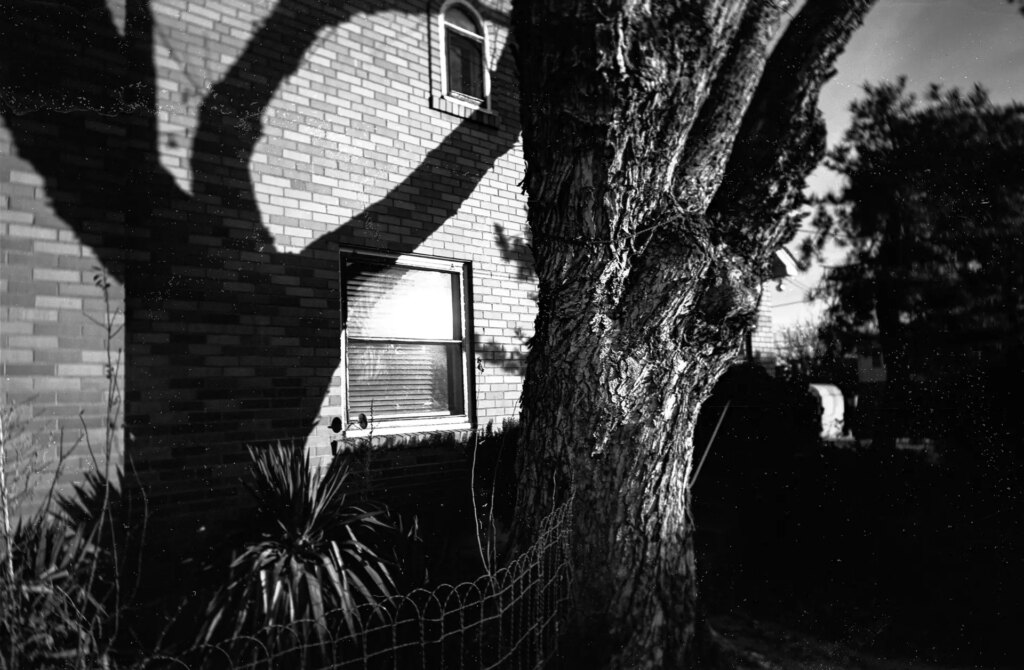
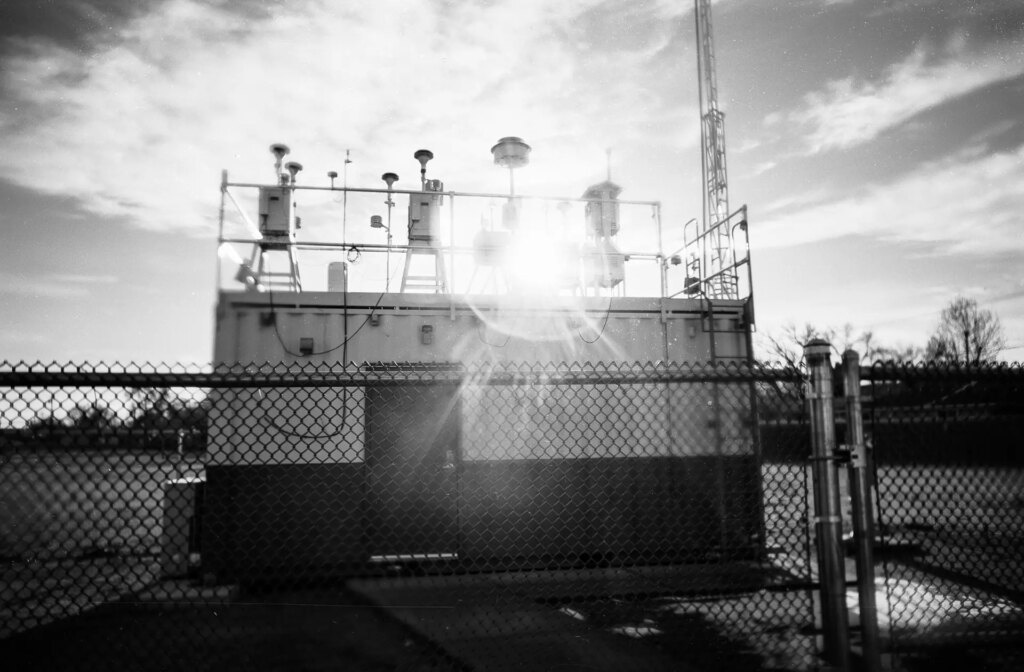
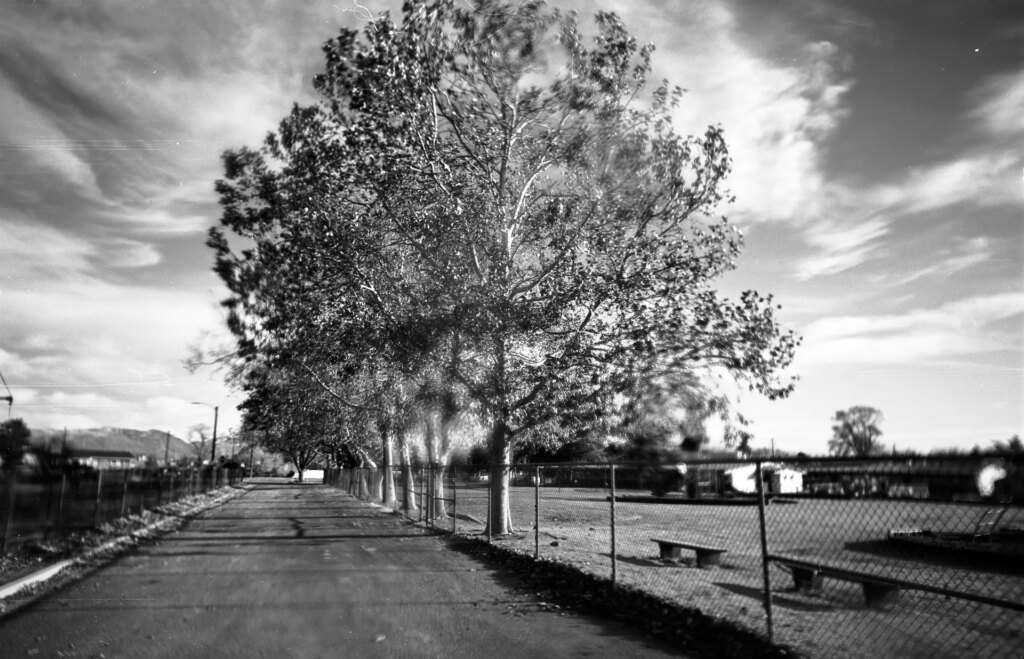
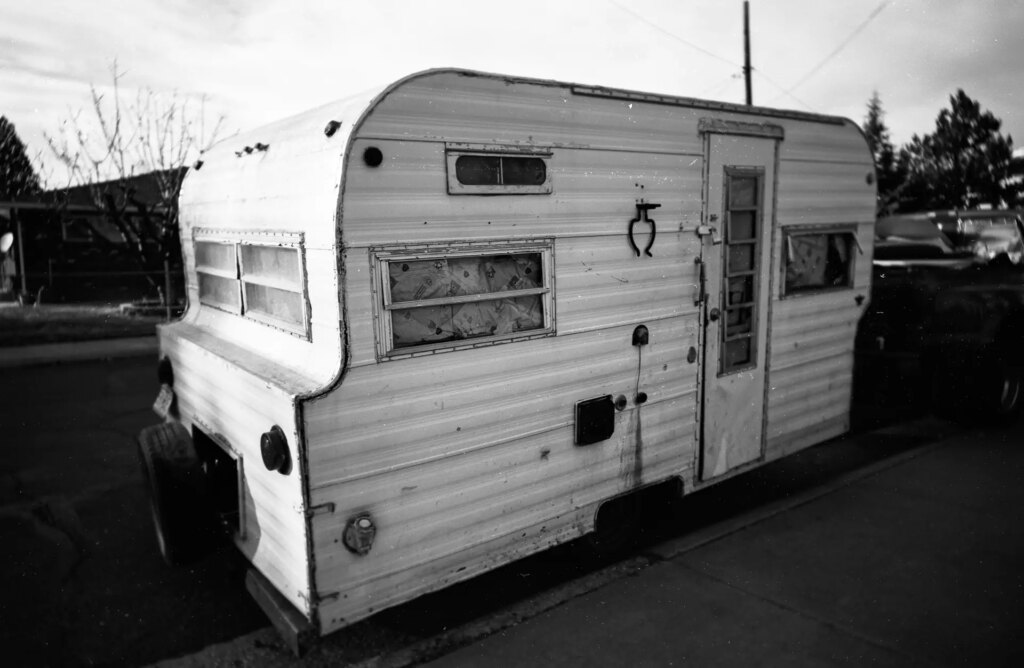
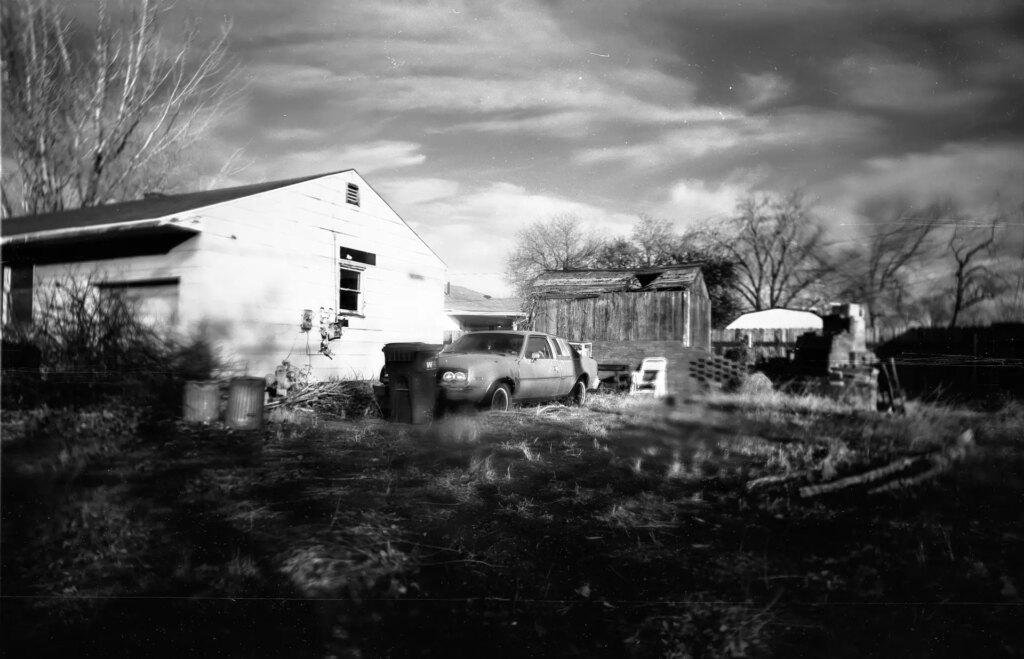
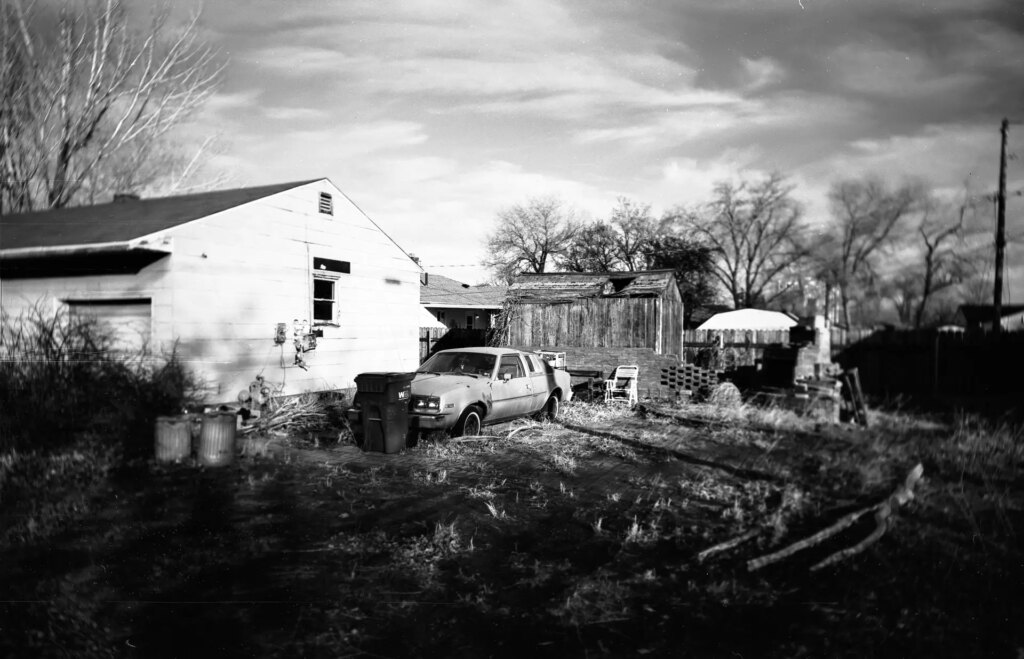
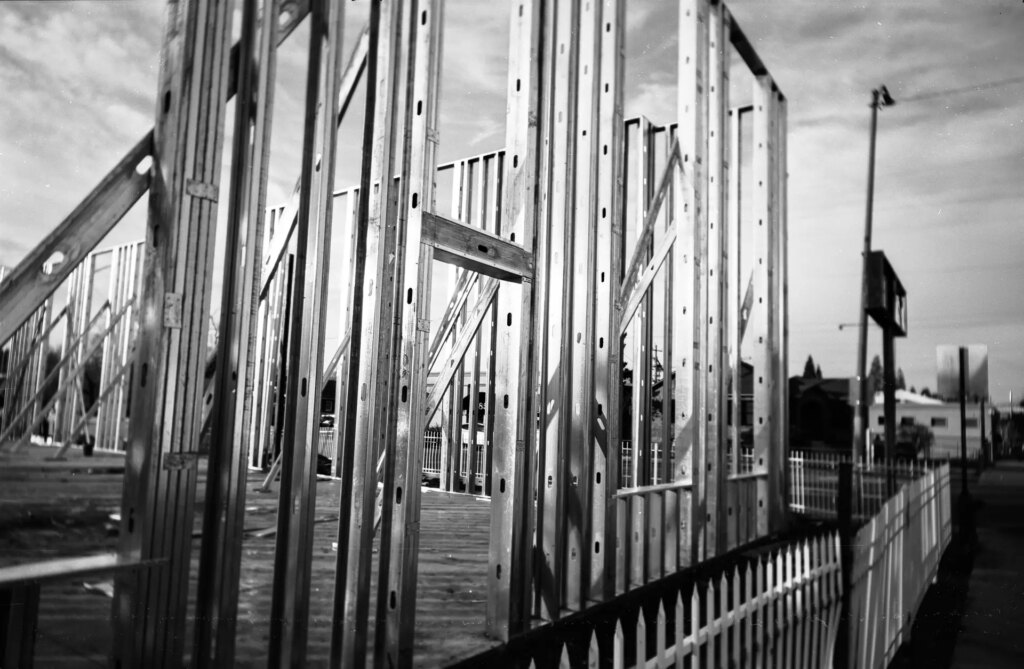
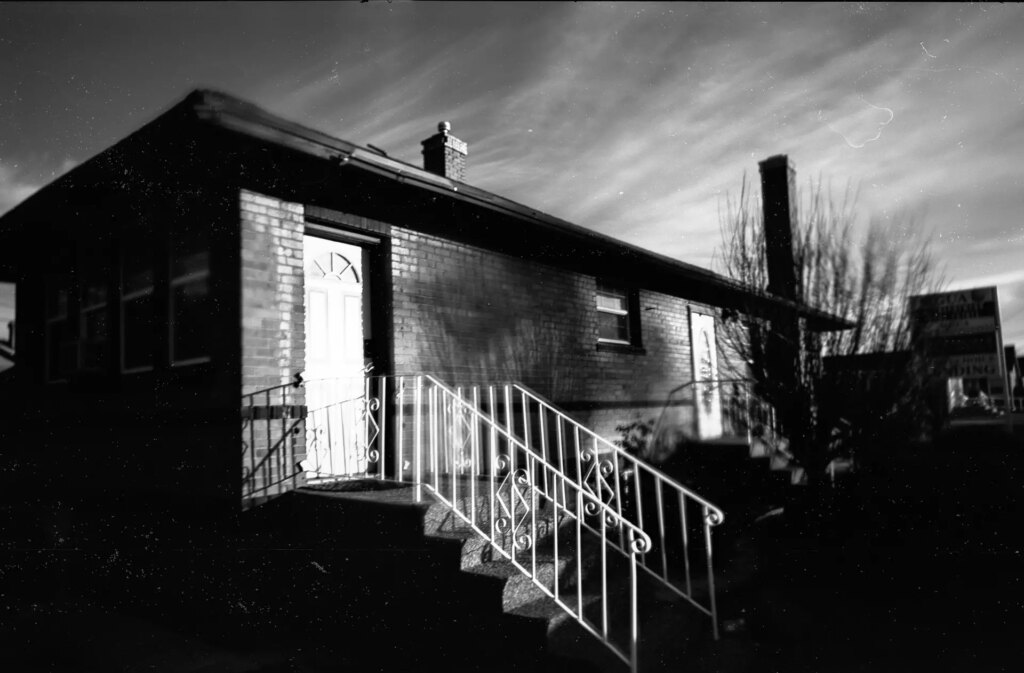
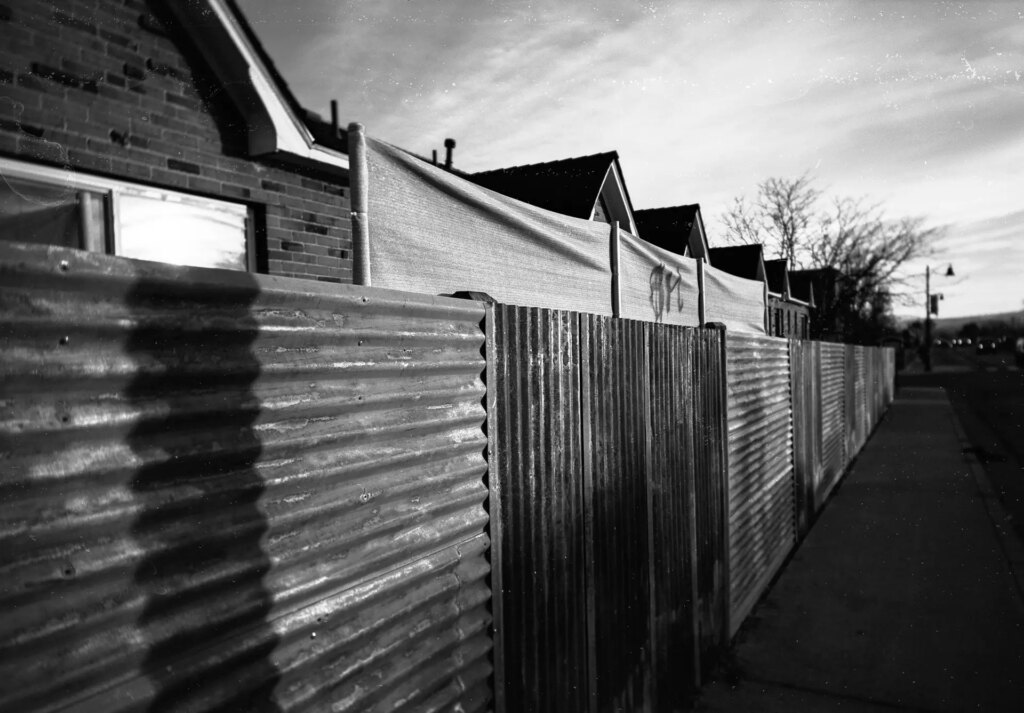
Thanks for reading this far! If this and things lower-fi and more experimental interest you, consider checking out my little blog The Daily Lumenbox, I just changed hosts and am struggling to get many features of the blog up to speed, so it’s in a pretty crude state at the moment, but I do publish regularly there.
This roll was shot at ISO 25 and developed in Adox Adotech IV.
Sonny Rosenberg is a semi retired Ceramics teacher who lives in Reno Nevada with his wife and three cats.
Share this post:
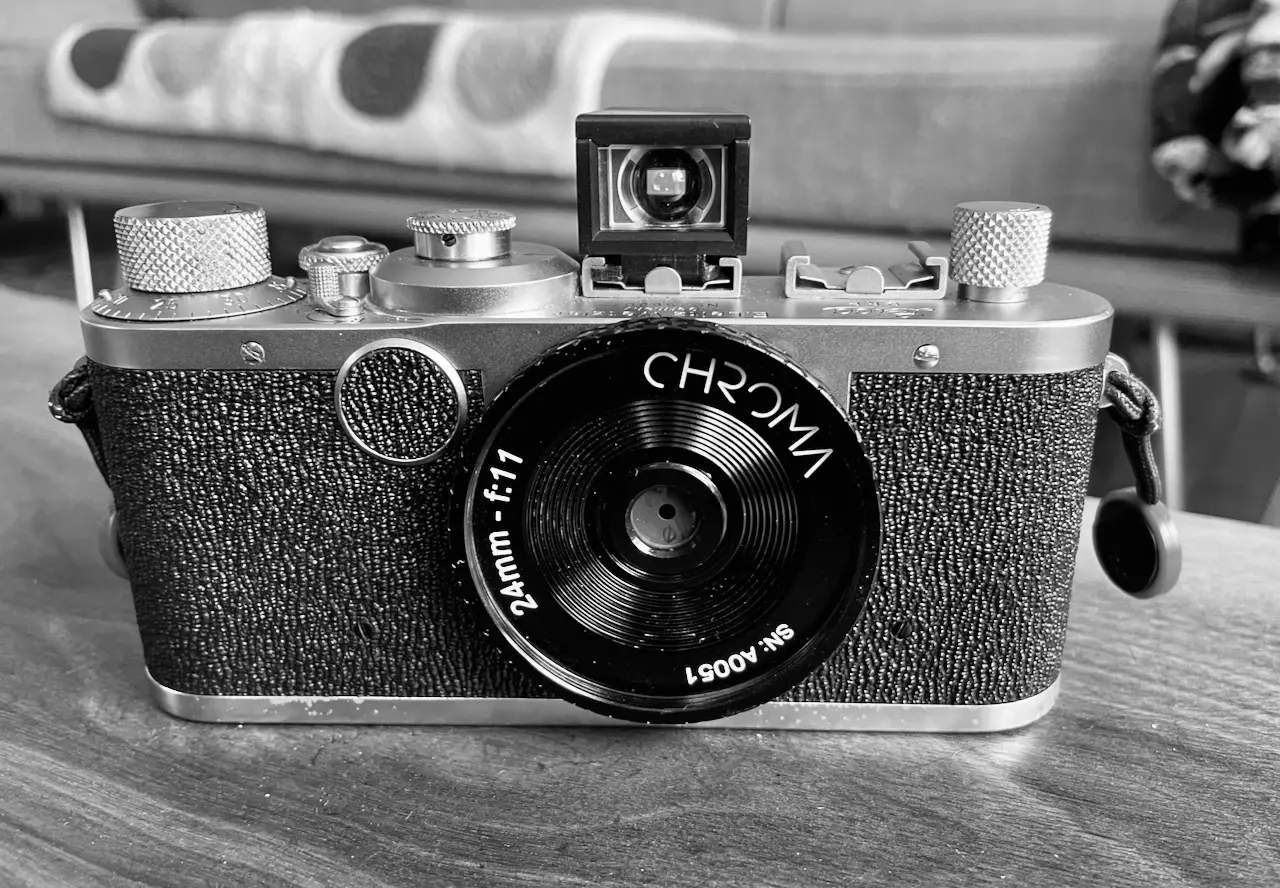








Comments
Martin JONES on Chroma Double Glass Lens – My First Shots – by Sonny Rosenberg
Comment posted: 10/02/2023
I have a DoubleGlass as well. Mine is on a FED-2, so a very similar setup to yours. Nice article and photos. I've used HP5 @ 800 for the first test shots, augmented with a two stop ND filter if the sun shows itself in NW England. I'm also finding the lens sharper in the centre with (pleasant) softening towards the edges. More grain that yours, but there's no way I could shoot ISO 20 film here at the moment - gonna try a roll of XP2 next.
Regards Martin
Comment posted: 10/02/2023
Jeong Yeob Kim on Chroma Double Glass Lens – My First Shots – by Sonny Rosenberg
Comment posted: 11/02/2023
sonny rosenberg on Chroma Double Glass Lens – My First Shots – by Sonny Rosenberg
Comment posted: 11/02/2023
I'm sure a 1g would be a great camera, I'm still keeping my eye out for an old Standard (model E) in black, really just for aesthetic reasons. I just like the way they look and the history that they're a part of. The little 50mm viewfinder on the standard would be vestigial for me, but oh well. If I were shooting a 50mm lens I think I'd want a camera with proper focusing like my much loved Canon IVSb2.
Some people contend that a Barnack Leica is much fiddlier than an M. While I've never shot an M Leica, I don't find the Ic to fiddly at all, in fact it's probably my easiest to use and fastest to shoot camera.
Good luck on your gear distillation! I'd love to see the results. Oh what lenses do you plan on using?
best,
sonny
Ibraar Hussain on Chroma Double Glass Lens – My First Shots – by Sonny Rosenberg
Comment posted: 11/02/2023
Lovely tones and values - an example of how to do and think in B&W rather than the bland toneless monochrome which usually passes for BW these days
Really like the fact that you don’t need all the extra fluff and know what you look for and see
Lovely lens too with great results combined with the film and processing
Comment posted: 11/02/2023
J. on Chroma Double Glass Lens – My First Shots – by Sonny Rosenberg
Comment posted: 12/02/2023
I've been thinking about a softar-Filter as well, but don't have any first hand experience with it. As far as I undersatnd, these Softar filters are supposed to work across the aperture range of a lens as opposed to "ordinary" soft- or diffusion filters which are said to work better at open apertures and mid- to telephoto focal lenghts, but what do I know? Another piece of knowledge I optained online (we know what that means) is, that only the "Zeiss Softar" ones are supposed to be the real ones. Heliopan and other companies sold eg "Heliopan Softar" filters under their own name, which are supposed to be a knock-off, but they'd also sell "Heliopan Zeiss Softar" ones, which are said to be the original Filters in the respective brands filter ring.
I'd also be more interested in using a filter like that on a wide angle lens and black and white, too and I was wondering if the effect would be more pronounced relatively through a wide angle lens than through a normal length one. Which strength is the filter you used? As far as I know, there are Softar I, II, and IIIs, with the lowest number being the weakest grade.
Comment posted: 12/02/2023
Comment posted: 12/02/2023
Comment posted: 12/02/2023
Comment posted: 12/02/2023
Comment posted: 12/02/2023